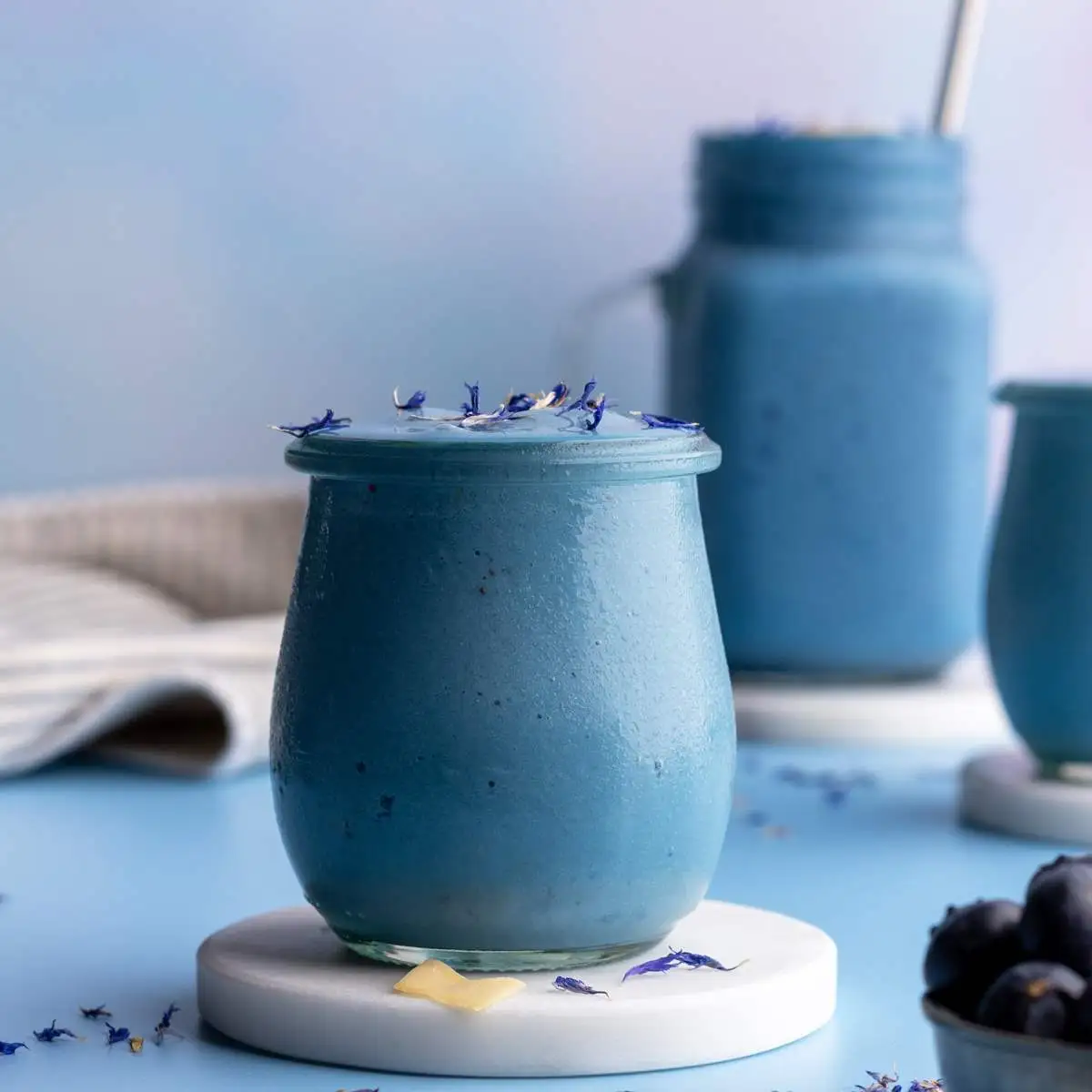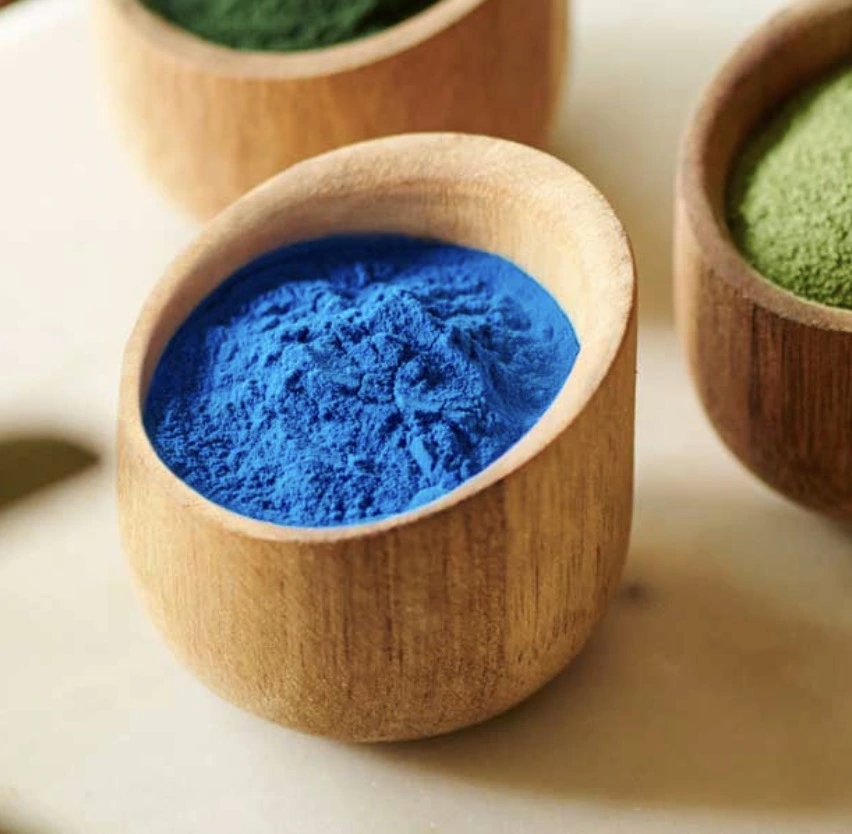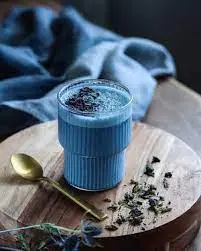Rising Demand for Gardenia Blue Powder in Cosmetics
The cosmetics industry is constantly evolving, with consumers seeking innovative, natural ingredients that deliver both aesthetic appeal and skin benefits. One such ingredient that has been gaining significant traction in recent years is gardenia blue powder. This vibrant, naturally-derived pigment is not only captivating beauty enthusiasts but also revolutionizing the way we think about cosmetic colorants. In this comprehensive guide, we'll explore the multifaceted uses of gardenia blue powder in cosmetics, its skin care benefits, and the trends propelling its popularity in the beauty world.
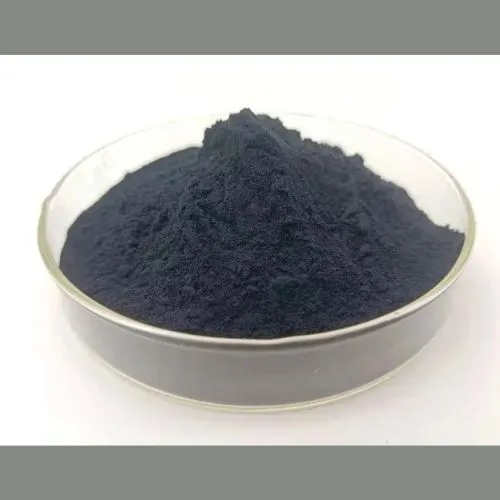
Top Cosmetic Uses of Gardenia Blue Powder
Eyeshadow Formulations
Gardenia blue powder has become a game-changer in eyeshadow formulations. Its intense blue hue provides a stunning base for creating mesmerizing eye looks. Cosmetic formulators appreciate the powder's versatility, as it can be easily blended with other pigments to create an array of blue-toned shades, from soft sky blue to deep navy. The powder's fine texture allows for smooth application and excellent color payoff, making it a favorite among both high-end and indie cosmetic brands.
Lip Products
While blue may not be the first color that comes to mind for lip products, gardenia blue powder is making waves in this category. When used in small quantities or blended with other pigments, it can create unique, iridescent effects in lip glosses and lipsticks. Some brands are even incorporating it into bold, avant-garde lip colors for the more daring consumers. The natural origin of gardenia blue powder also appeals to clean beauty enthusiasts looking for alternatives to synthetic blue dyes in their lip products.
Nail Polish Innovations
The nail care industry has embraced gardenia blue powder with open arms. Its vibrant color and natural origin make it an excellent choice for creating stunning blue nail polishes. From classic royal blue to trendy pastel shades, gardenia blue powder offers versatility in nail color formulations. Additionally, its use in nail polishes aligns with the growing demand for "cleaner" nail care products, as consumers become more conscious of the ingredients in their beauty routines.
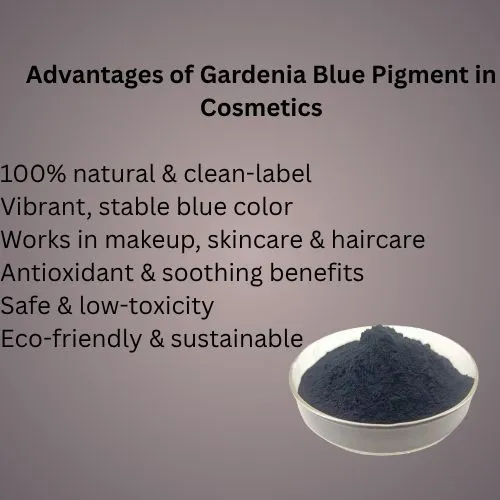
Benefits of Gardenia Blue Powder for Skin Care
Antioxidant Properties
Beyond its colorant capabilities, gardenia blue powder boasts impressive antioxidant properties. The powder is rich in iridoid compounds, which have been shown to possess potent free radical scavenging abilities. This antioxidant action can help protect the skin from oxidative stress caused by environmental factors such as UV radiation and pollution. By incorporating gardenia blue powder into skincare formulations, brands can offer consumers products that not only look beautiful but also contribute to skin health.
Soothing and Calming Effects
Research has indicated that gardenia blue powder may have soothing and calming effects on the skin. This makes it particularly valuable for skincare products targeted at sensitive or irritated skin. The powder's gentle nature allows for its inclusion in a wide range of products, from daily moisturizers to specialized treatments for conditions like rosacea or eczema. As the demand for skin-soothing ingredients continues to rise, gardenia blue powder is well-positioned to meet this need in the cosmetics industry.
Natural Blue Light Protection
With increasing concerns about the effects of blue light from digital devices on skin health, gardenia blue powder has emerged as a potential natural solution. Some studies suggest that the unique pigments in gardenia blue powder may help absorb and scatter blue light, offering a degree of protection against its potentially harmful effects. This property has led to the development of innovative skincare and makeup products designed to shield the skin from digital aging, catering to the tech-savvy, health-conscious consumer.
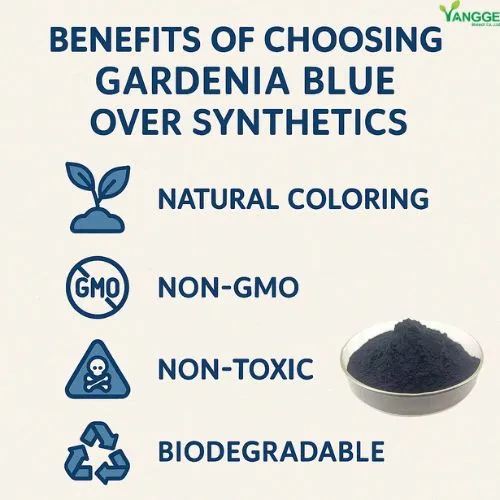
Trends Driving Gardenia Blue Powder Popularity
Clean Beauty Movement
The clean beauty movement has been a significant driver in the rising demand for gardenia blue powder. Consumers are increasingly scrutinizing ingredient lists and opting for products with natural, plant-derived components. Gardenia blue powder, being a natural alternative to synthetic blue dyes, aligns perfectly with this trend. Its ability to provide vibrant color without the use of artificial ingredients has made it a staple in clean beauty formulations, from color cosmetics to skincare products.
Sustainable Sourcing Practices
Sustainability is no longer just a buzzword in the cosmetics industry; it's a fundamental expectation. Gardenia blue powder's popularity has surged partly due to its potential for sustainable sourcing. The gardenia plant, from which the powder is derived, can be cultivated using environmentally friendly practices. This aspect appeals to eco-conscious consumers and brands alike, driving the inclusion of gardenia blue powder in products marketed as sustainable and earth-friendly.
Multifunctional Ingredients
In an era where consumers value efficiency and simplicity in their beauty routines, multifunctional ingredients are highly sought after. Gardenia blue powder fits this bill perfectly, offering both color and skincare benefits. Its ability to act as a pigment while simultaneously providing antioxidant protection makes it an attractive option for formulators looking to create products that do more than just one thing. This multifunctionality is particularly appealing in the development of hybrid makeup-skincare products, a category that has seen significant growth in recent years.

Conclusion
The rising demand for gardenia blue powder in cosmetics is a testament to the industry's shift towards natural, multifunctional ingredients that offer both aesthetic and skin health benefits. From its versatile applications in color cosmetics to its antioxidant and soothing properties in skincare, gardenia blue powder has proven to be a valuable asset in modern cosmetic formulations. As consumers continue to prioritize clean, sustainable, and effective beauty products, the popularity of this vibrant blue pigment is likely to soar even higher.
At Yangge Biotech Co., Ltd., we're at the forefront of this exciting trend. Our high-quality gardenia blue powder is perfect for innovative cosmetic formulations that meet the demands of today's discerning consumers. Whether you're developing cutting-edge makeup or revolutionary skincare products, our natural plant extracts can help your products stand out in the market. To learn more about our gardenia blue powder and other natural ingredients, don't hesitate to contact us at info@yanggebiotech.com.
FAQ
Q: Can we get some samples to test before purchasing?
A: Of course, we can provide free samples of 20 to 100 grams, but the shipping cost is at the customer's expense. The shipping cost can be deducted from the next order, or the samples can be sent through your courier account.
Q: Do your products have relevant certifications?
A: Yes, our products are certified for HALAL, ISO, HACCP, Kosher, and other certifications.
Q: What is the minimum order quantity (MOQ)?
A: Small batches of samples can be customized according to your requirements.
Q: Do you offer OEM and ODM services? Can the formula be customized based on our own?
A: Of course, we provide ODM and OEM services to many customers. Our product range includes softgels, capsules, tablets, sachets, granules, and private label services. Simply contact us and let us know your requirements. Our experienced R&D team can also develop new products with specific formulas.
Please contact us to design your own branded products.
Q: How do you handle quality complaints?
A: First, we have a comprehensive quality control SOP. We provide authoritative third-party inspection reports for almost all products before shipment to minimize the possibility of quality issues. Second, we have a comprehensive return and exchange procedure. If there is a genuine quality dispute, we will strictly follow the SOP.
Q: How do you ship? How long does delivery take?
A: For small orders, we typically use DHL, UPS, EMS, FedEx, or TNT. Delivery typically takes 3-7 days. We also offer air and sea freight services. We have a strong freight forwarding team and can provide you with a one-stop service, including DDP and DDU.
Q: What are your payment terms?
A: 100% prepayment, payable by T/T, Western Union, MoneyGram, or PayPal.
Q: What is the shelf life of your products?
A: 2 years with proper storage.
Q: Is the packaging environmentally friendly?
A: We attach great importance to environmental protection and are constantly improving our product packaging. Some products are packaged in recyclable paper. Packaging materials are carefully selected to ensure product safety during transportation and storage, and to minimize environmental impact. We are committed to achieving a balance between environmental friendliness and practicality in our product packaging, and to contributing to sustainable development.
References
1. Johnson, L. M. (2022). Natural Colorants in Cosmetic Formulations: A Comprehensive Review. Journal of Cosmetic Science, 73(4), 215-230.
2. Zhang, Y., & Lee, S. H. (2021). Antioxidant Properties of Gardenia-Derived Pigments in Skincare Applications. International Journal of Cosmetic Science, 43(2), 178-185.
3. Brown, A. C., & Smith, R. K. (2023). The Rise of Clean Beauty: Consumer Trends and Industry Responses. Cosmetics & Toiletries Magazine, 138(5), 32-40.
4. Patel, N., & Garcia, M. (2022). Multifunctional Ingredients in Modern Cosmetics: Meeting Consumer Demands for Efficacy and Simplicity. Global Cosmetic Industry, 190(3), 50-58.
5. Tanaka, H., & Wong, L. Y. (2023). Sustainable Sourcing Practices in the Cosmetics Industry: A Case Study of Natural Pigments. Journal of Sustainable Production and Consumption, 34, 712-720.

Based on your location and order quantity, you will have the opportunity to receive a limited time free shipping promotion!
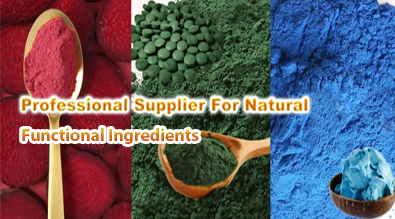
Who we are
